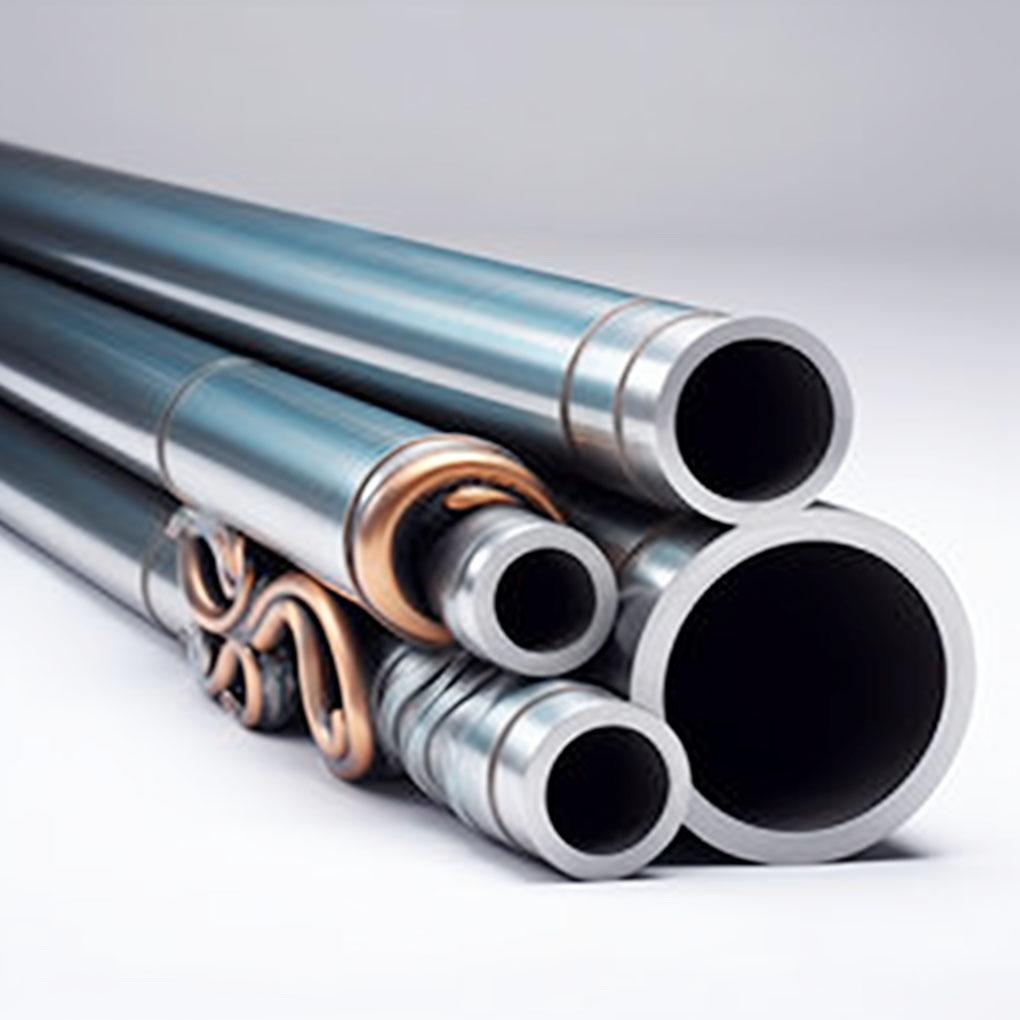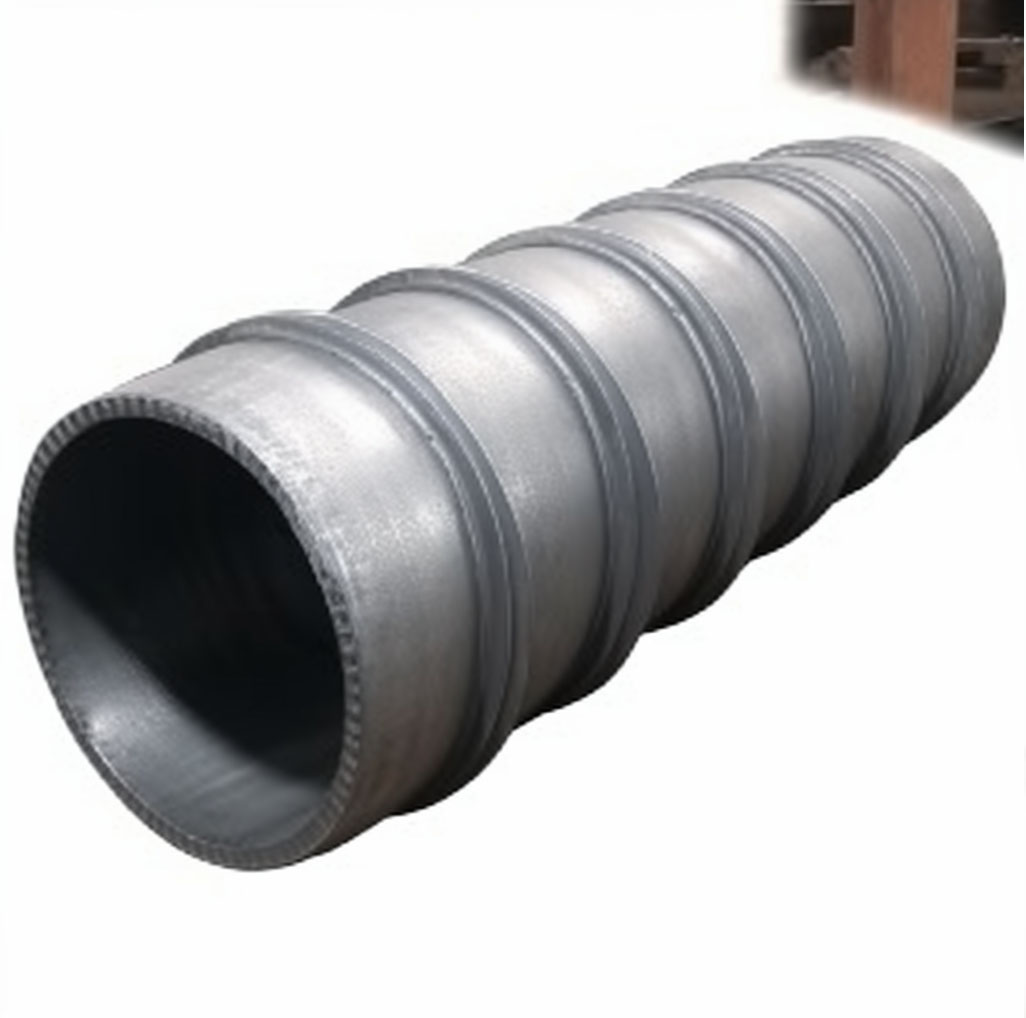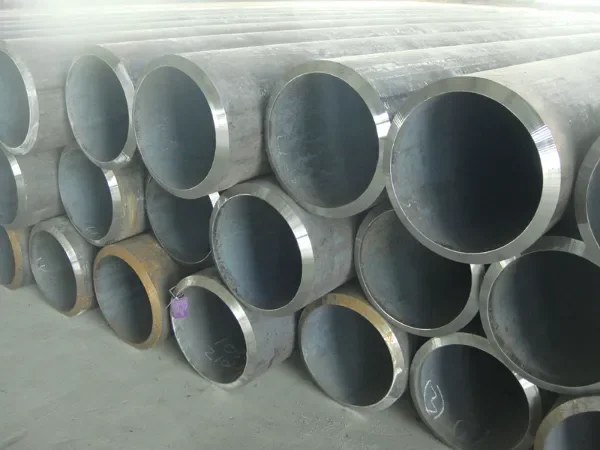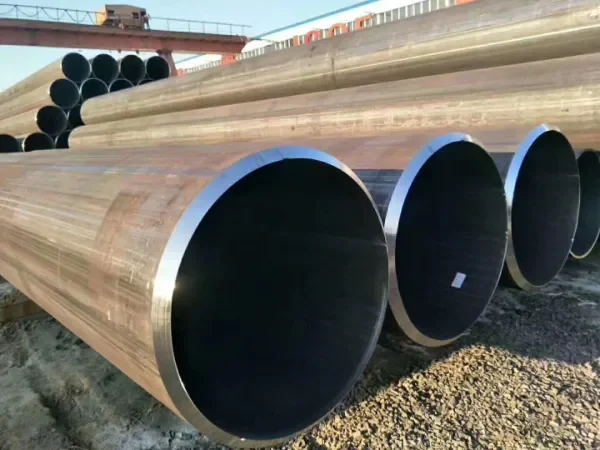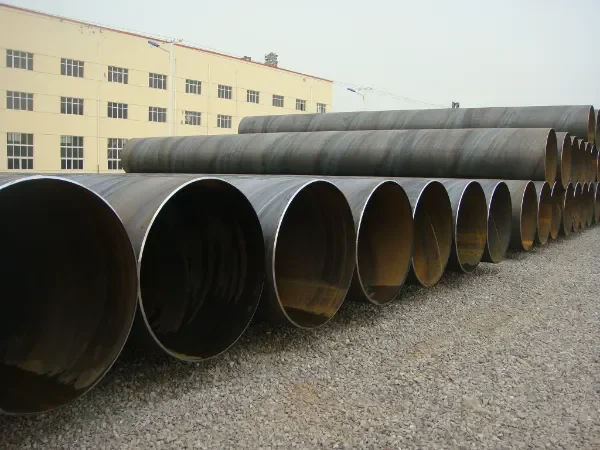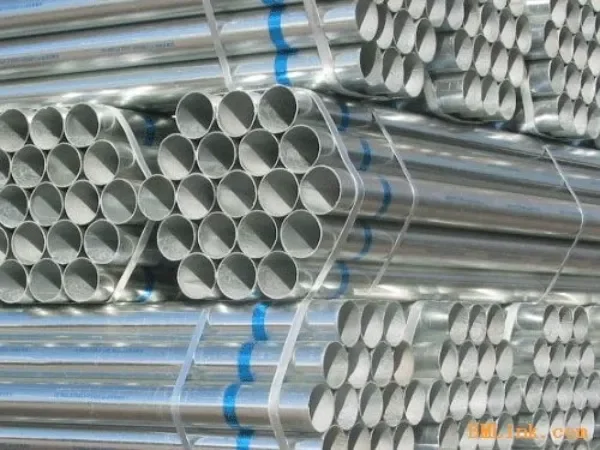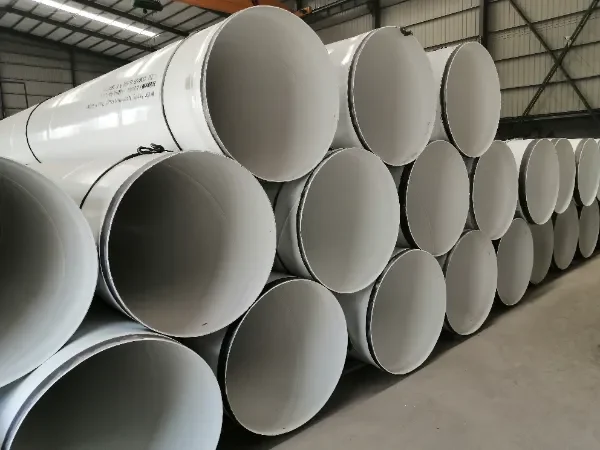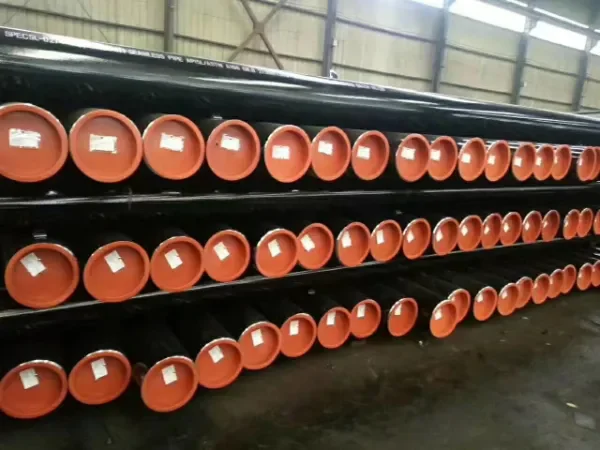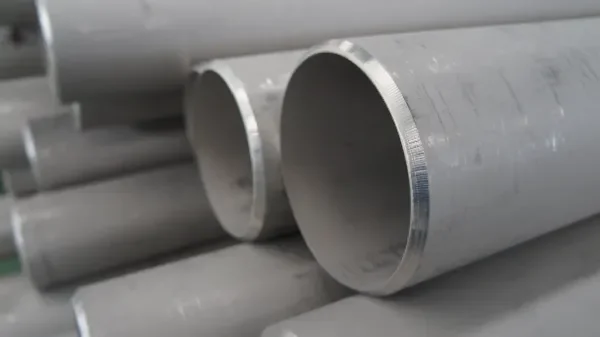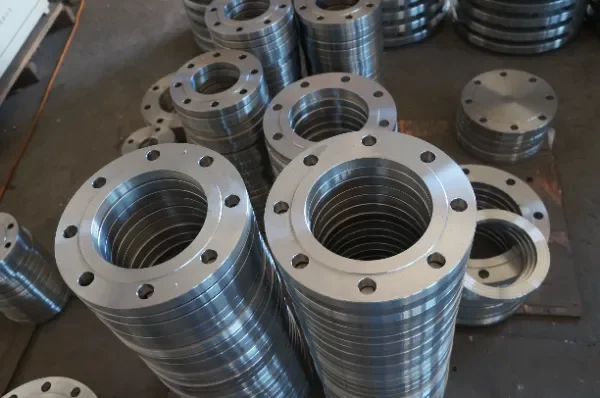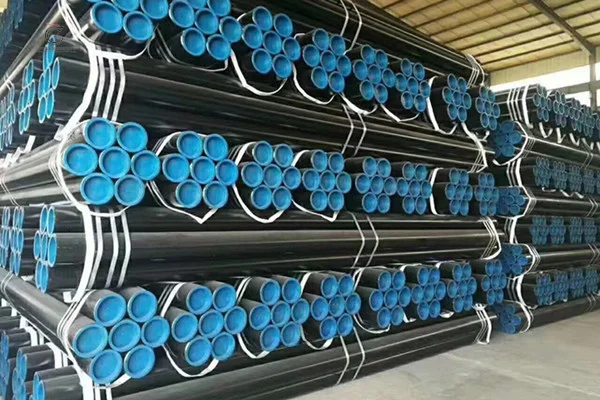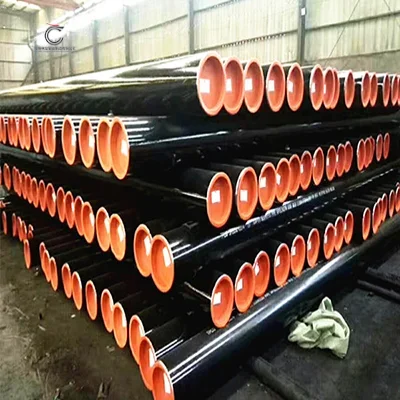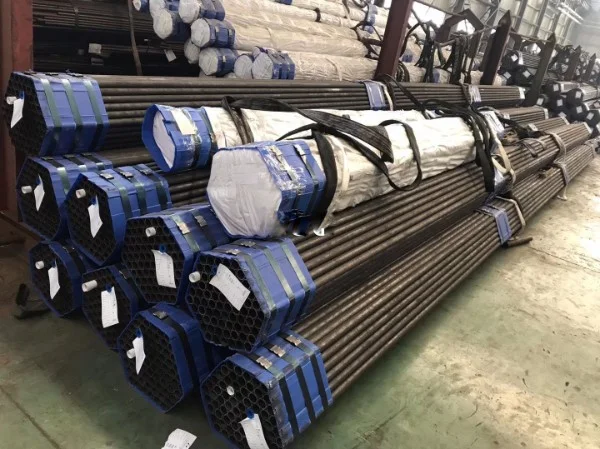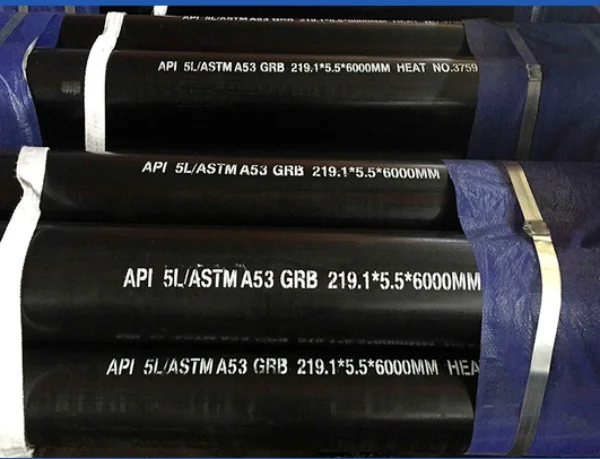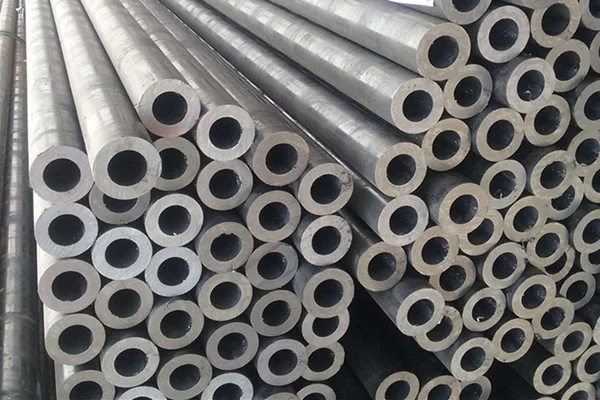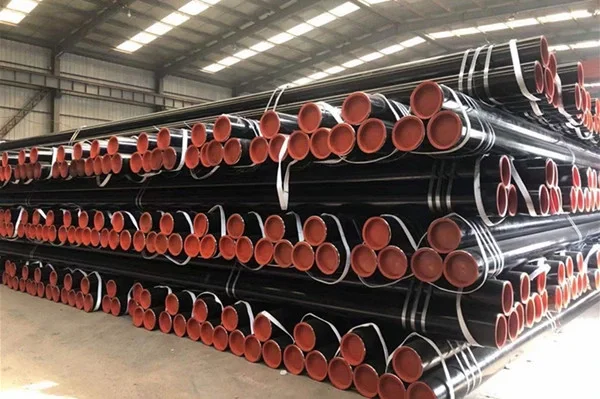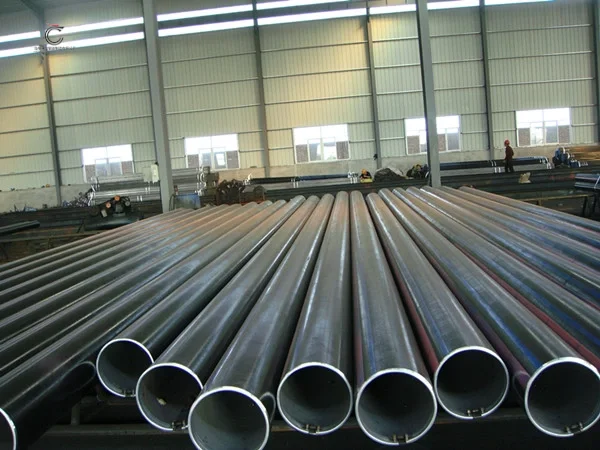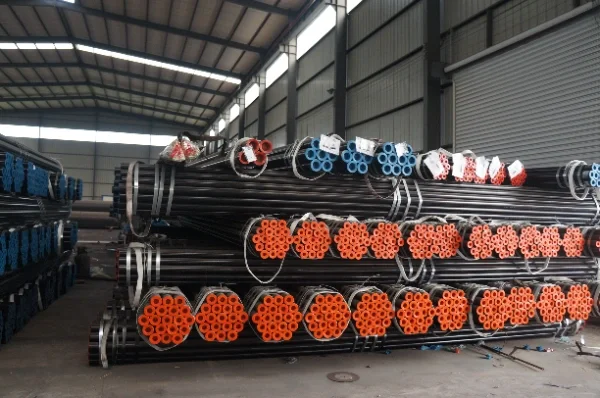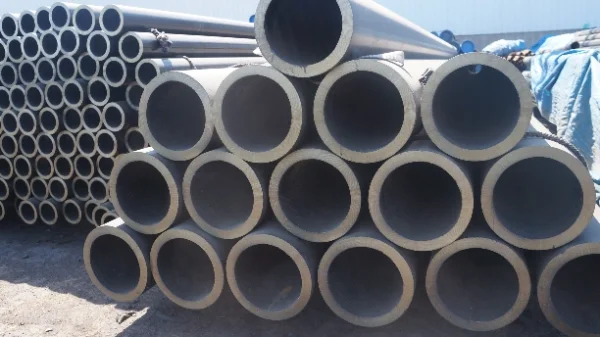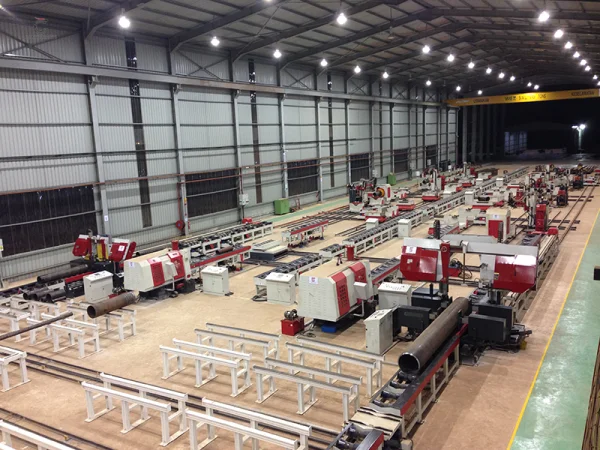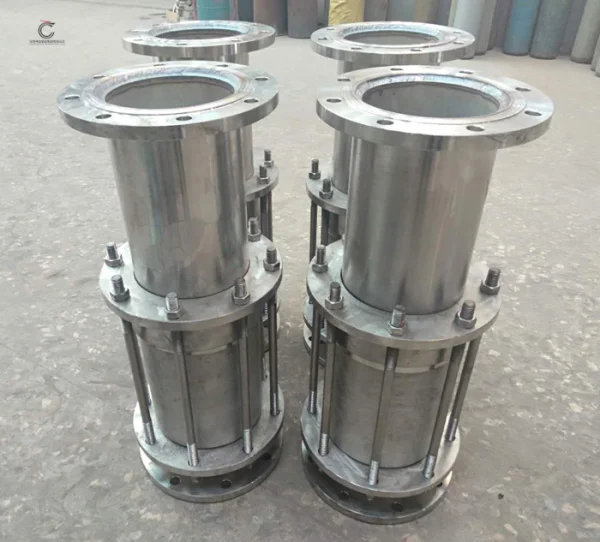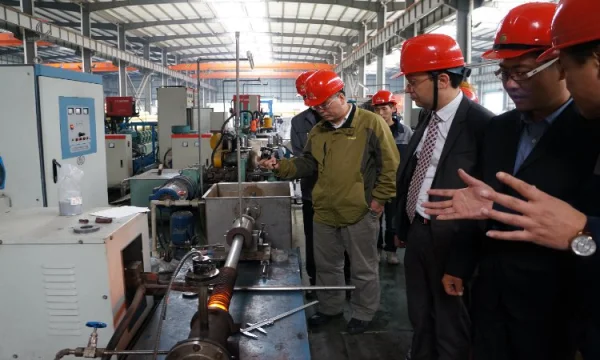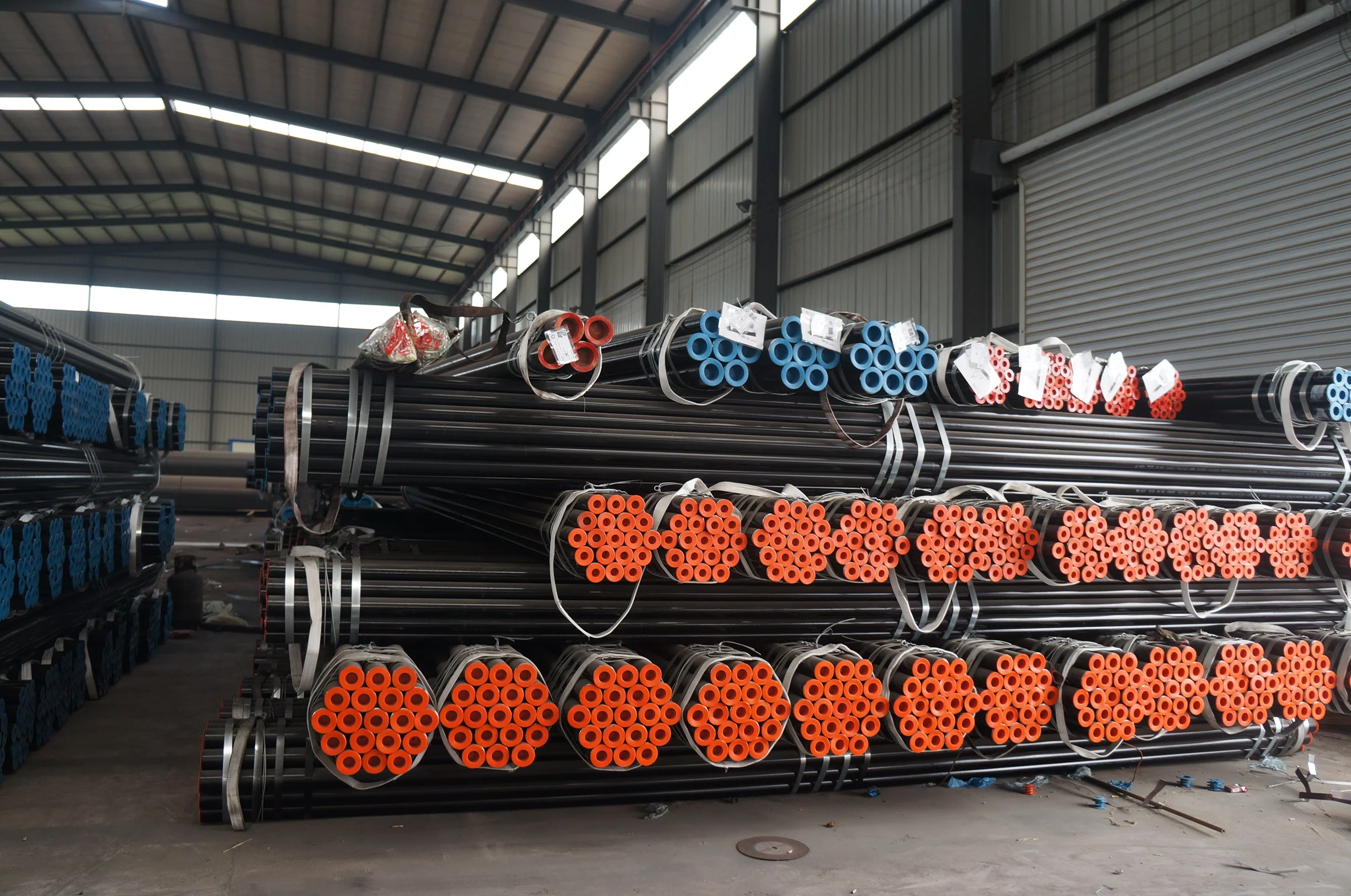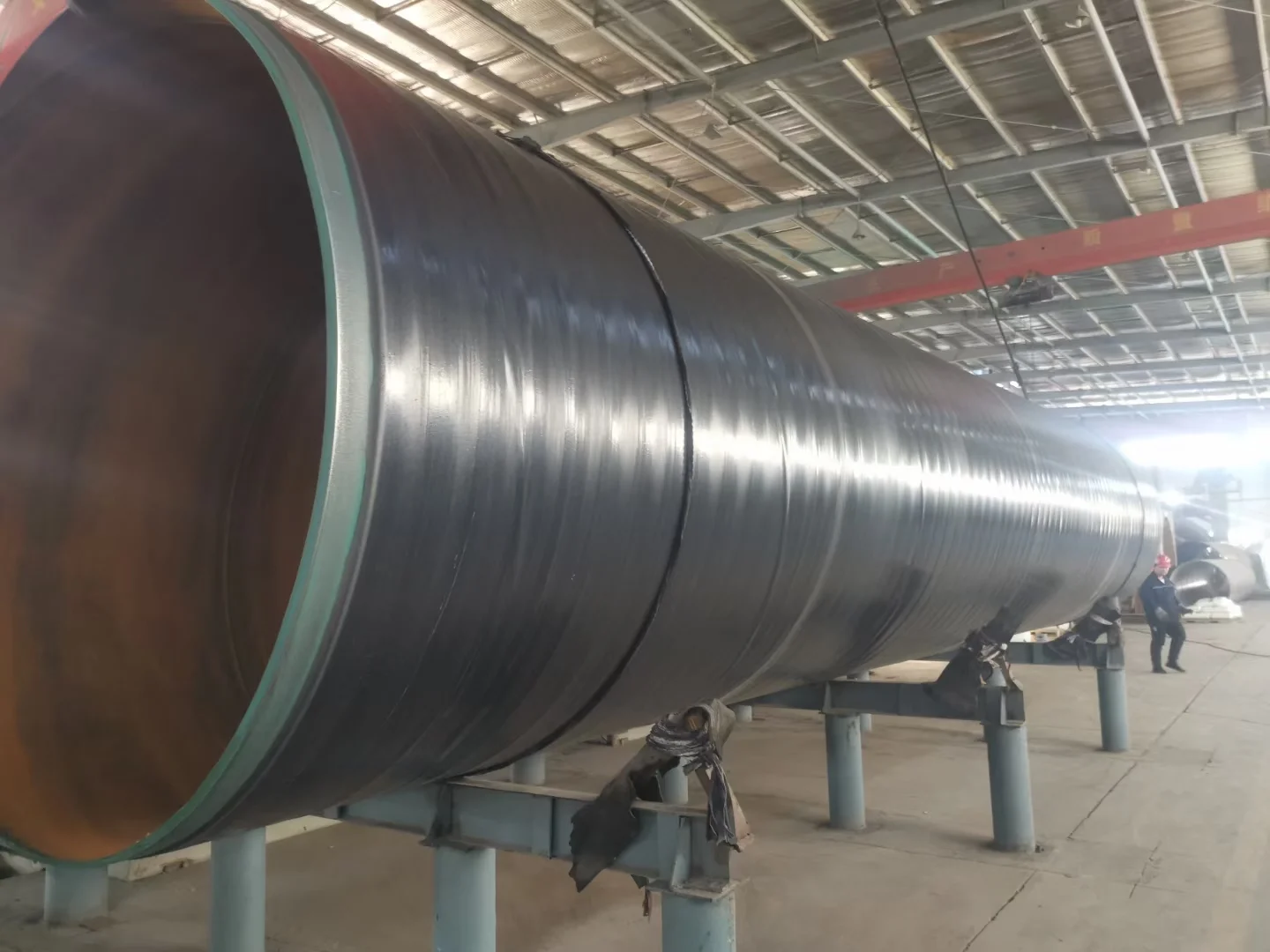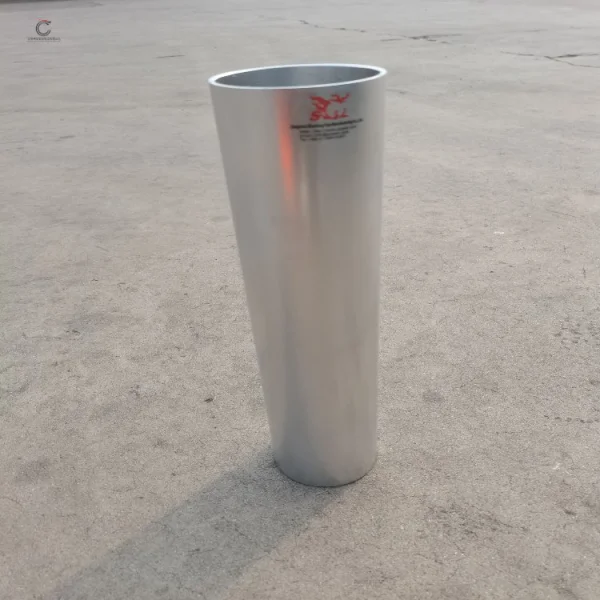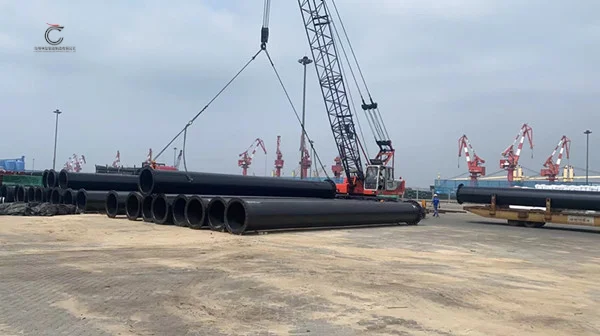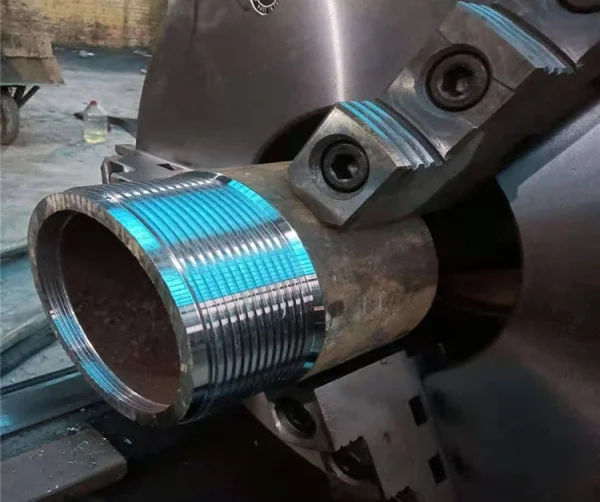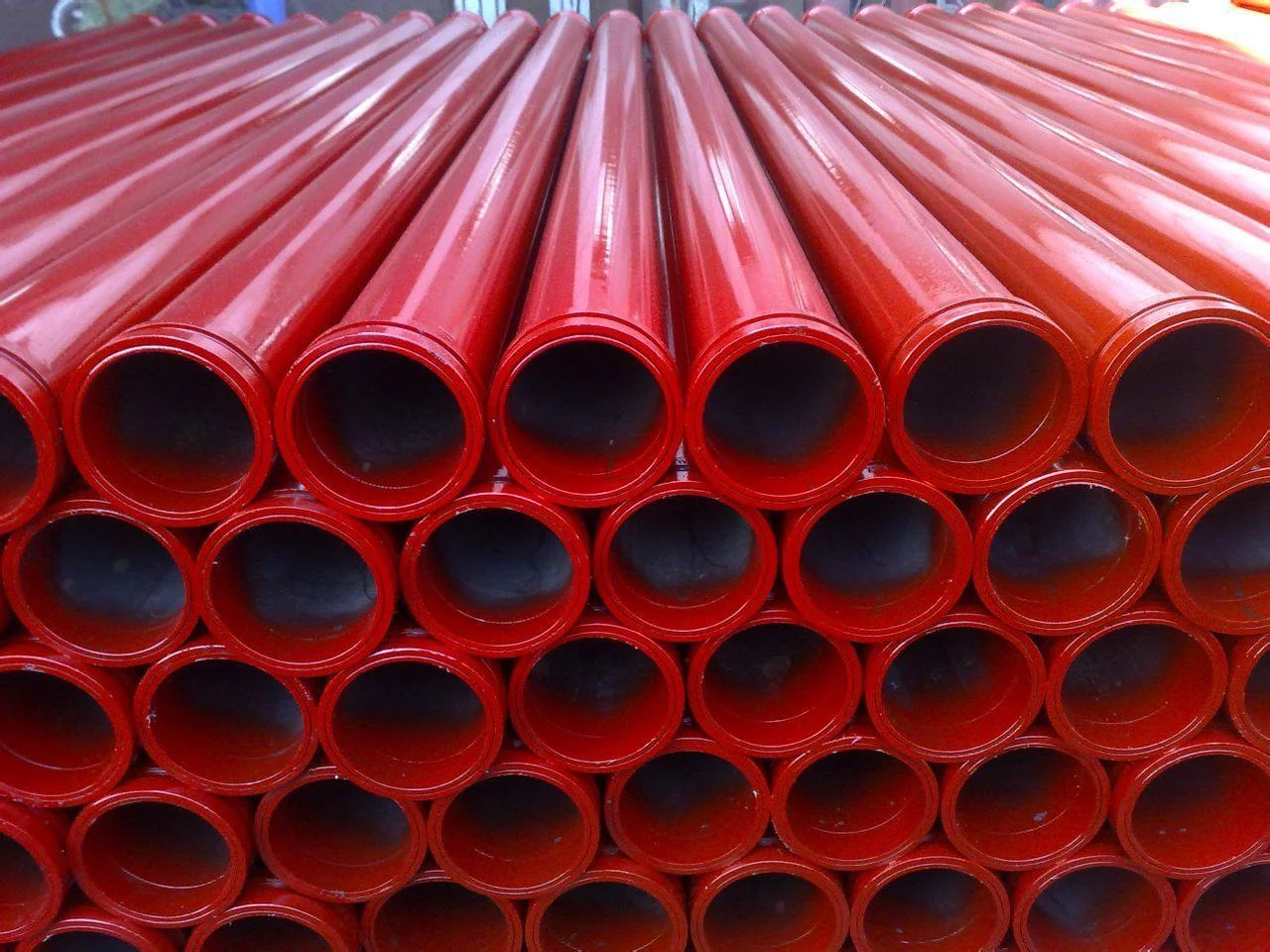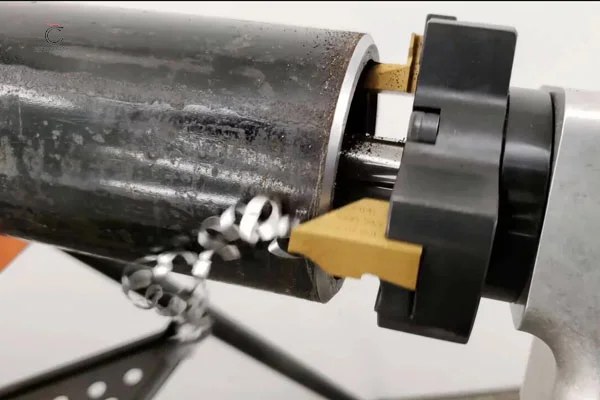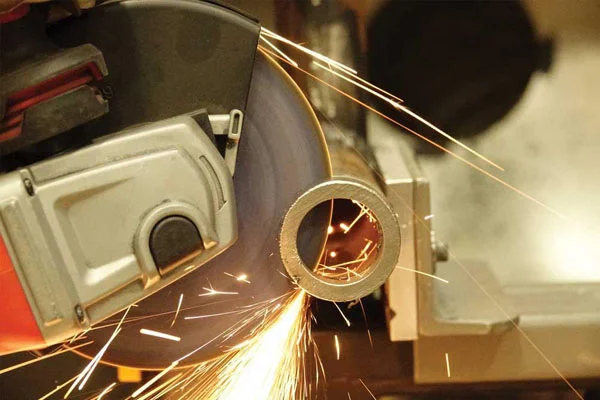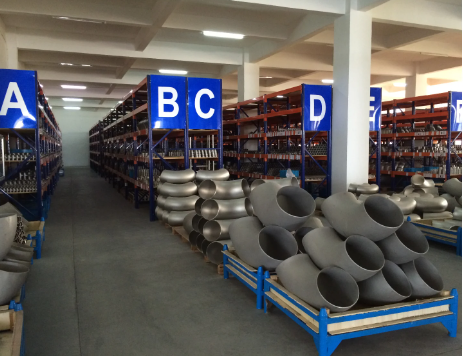Product List
Steel pipe piling
And the length of Steel pipe piling is easy to adjust. Prepared piles may appear longer or shorter when the layer that serves as the support layer for the pile tip is undulating. Since steel pipe piling can be freely welded to length or cut to length by gas cutting, it is easy to adjust the length of the pile, so that the construction can be carried out smoothly.
Steel pipe piling is also called steel pipe piling,steel pipe pile, Steel Pile , Pipe Pile, Hollow pipe
Steel pipe piling materials: GR.B, GR2, GR3, CC60, CC70, ST52, S235JR, S355JR etc.
Steel pipe piling standard</strong>: API 5L, ASTM A53, A515, A672, A500, A252, EN10255 etc.
Steel pipe piling specification:
Steel pipe piling outer diameter: 8”-100” (219mm-2540mm).
Steel pipe piling wall thickness: 8mm-60mm.
Steel pipe piling are commonly used for major bridge foundations due to their stiffness and available size range. Pipe piles can be fabricated from a variety of materials, including extruded or rolled thin-walled pipe, spiral welded steel, extruded steel, and rolled steel. The most common type of pipe pile is the ASTM A252, which is made from welded and seamless steel pipe. The wall thickness of the pipe can be increased to increase the stiffness of the pile, making it ideal for use in bridge foundations. Pipe piles are also relatively easy to install, making them a popular choice for foundation work.
Standard of steel pipe piling
Steel pipe piling are made up of hot-rolled coiled steel using a double-sided submerged arc welding method. The welding process allows steel pipe manufacturers to produce large-diameter steel pipes suitable for different applications.
| Standard | Specification |
| ASTM A53 | Standard Specification for Pipe, Steel, Black and Hot-Dipped, Zinc-Coated, Welded and Seamless |
| API 5L | Specification for Line Pipe(Two levels PSL 1 and PSL 2 of seamless and welded steel pipes for use in pipeline transportation systems in the petroleum and natural gas industries.) |
| A252 | Standard Specification for Welded and Seamless Steel Pipe Piles |
| A500 | Specification for Cold-Formed Welded and Seamless Carbon Steel Structural Tubing in Rounds and Shapes |
| BS EN10219-1 | Cold formed welded structural hollow sections of non-alloy and fine grain steels - part1: Technical delivert conditions |
| BS EN10219-2 | Cold formed welded structural hollow sections of non-alloy and fine grain steels - part2: tolerances dimmsions and sectional properties |
Test: Chemical Component Analysis, Mechanical Properties (Ultimate tensile strength, Yield, strength, Elongation), Technical Properties (Flattening Test, Bending Test, Blow Test, Impact Test), Exterior Size Inspection, Hydrostatic Test, X-ray Test.
Mill Test Certificate: EN 10204/3.1B
Third-party inspection: SGS, BV, Lloyds, etc.
Surface: Lightly oiled, Hot dip galvanized, Electro galvanized, Black, Bare, Varnish coating/Antirust oil, Protective Coatings (Coal Tar Epoxy; Fusion Bond Epoxy, 3-layers PE)
Coating Standard:
ANSI/AWWA C104/A21.4 American National Standard for Cement-Mortar Lining for ductile-iron Pipe and Fittings for water
DIN 30670 Polyethylene coatings of steel and fittings
INSTALLATION METHODS FOR STEEL PIPE PIling
Pile driving is a technique used to install piles into the ground. Pile driving involves using a pile driver to hammer the piles into the ground. It is often used in construction projects, such as building bridges and houses. Piling pipes can be driven into the ground through soil, sand, or rock. The force of the blow from the hammer drives the pile into the ground. The size of the pile and the type of soil will determine how deep the pile can be driven. In some cases, piles may need to be driven into bedrock. Pile driving is an efficient way to install piles in a short period. The technique is often used when traditional excavating methods are not possible or would be too expensive.
Application of steel piling pipe
Steel piling pipes are used as deep foundation piles for power stations, high-rise buildings, civil engineering construction, bridges, marine structures, harbors, and other industries & applications.
Application of pipe piles to reinforce the head of cast cast-in-place concrete pile.
Advantages of steel pipe piling:
The outstanding advantage of steel pipe pile is impressive tough support for underground foundations. Specially When the structure has to be supported for a large load, there is a mandatory requirement for the foundation to be deep and strong. Hence, it is crucial to have the right structural support in place for deep foundations.
There are plenty of options available for structural support. However, the best recommended would be steel pile pipe, owing to the high level of customization that they offer. They can be customized based on the specific requirement and the costs involved are also minimal.


What is a steel pipe piling?
Steel pipe piles are composed of steel pipes, tongue grooves and tongue and groove pins. The pipe wall at the left end of the diameter of the steel pipe is vertically connected to the grooves. The cross section of the grooves is a square shape with one side open. There are reinforcing ribs on the side of the steel pipe, and a grooved pin is vertically connected on the right end of the diameter of the steel pipe and at the radial position, and the groove section of the grooved pin is I-shaped.
When the utility model is used in the cofferdam, the steel pipe piles overlap each other in an arc or circle shape. It can play the role of surrounding water, surrounding soil and surrounding sand. The tongue and groove steel pipe pile of the utility model has the advantages of novel design, simple structure, convenient use, easy lap joint and good sealing performance. Including non-circular cross-sectional profile, constant wall thickness, variable wall thickness, variable diameter and wall thickness along the length direction, symmetrical and asymmetric cross-section, etc. Such as square, rectangle, cone, trapezoid, spiral tube, etc.








